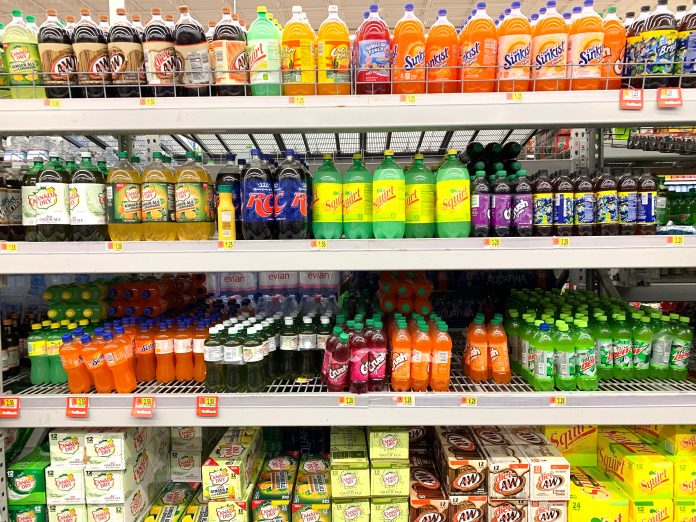It’s been over a month since many states in the US were forced to implement lockdowns or quarantine periods to help contain the 2019 coronavirus or COVID-19. This pandemic has surely affected not only the United States but also countries from all over the world.
Economies are greatly affected because the lockdown has forced many industries to temporarily shut down. Many people have filed for unemployment and only the industries that produce essentials are allowed to operate.
People are forced to stay at home and are only allowed to go out to buy or get essentials from pharmacies, shops, and grocery stores. Because of this, people are finding ways to get what they need without having to leave their homes. Online grocery delivery services are becoming in demand and people are just willing to pay more than to go out and possibly expose themselves from the virus.
Online shopping is a booming industry but it’s a different story for the online grocery sector for a long time now. Based on reports, before the pandemic, only 3 percent of online shopping activities account for grocery items. This also equates to only around 10 percent of US consumers who would frequently shop for groceries online.
With how things were going for the online grocery shopping sector before the pandemic, analysts were saying that it will probably remain the same for a while. However, things just changed overnight for the industry all because of the coronavirus pandemic.
Namogoo reported that online supermarket visits blew up to 162 percent in March. This is compared to the online visits that supermarkets got at the same time last year. The order volume of grocery items online also went up to 210 percent between March 12 and 15.
Definitely, this is more than what the experts have predicted for the online grocery shopping sector. Surely, even online grocery shop owners were not expecting this to happen for 2020, but here they are, trying to keep up with the demand.
OjaExpress Owner Boyede Sobitan said in an interview, “COVID definitely has helped us, but COVID is not a business strategy. We were prepared in that regard.”
Daniel Keyes, research and financial analyst from Inside Intelligence said on his report that online grocery shopping was already on the rise, but it now has a newfound importance to consumers. He said that this service now has the chance to become a key service for customers even after the pandemic.
The same was said by Jack O’Leary who is the senior analyst at Edge by Ascential. O’Leary said, “This has definitely been an inflection point in terms of adoption. Many people are trying this thing for the first time, and while every single trial does not necessarily become an acquired customer, this level of the trial is going to be a key point of acquisition of new people.”
“It’s going to accelerate a trend that was already ongoing. We have seen online and digital impact every category at a different point in time and grocery had not reached its maturity,” he added.
Instacart President Nilam Ganenthiran also talked about this and pretty much said the same thing. Ganenthiran said, “Awareness wasn’t there across the US. The bulk of the country didn’t know that a service like ours existed, but that has changed…the days of a grocer not offering e-commerce are behind us. There are folks that would never have thought about buying online who are now habituated to it.”
It does seem like a good year for the online grocery shopping is bigger sector since more people are now needing their services. This may remain the same even after the quarantine or lockdown period. There will be people who would rather stay at home and do their groceries at home even after the lockdown and now is the best time for these online groceries or shops to make a great impression to the consumers.
Right now, we can say that the demands are too high that many online shops are having a hard time keeping up, but according to the experts, the longer the pandemic lasts, the longer the adjustment period is for these online groceries.
This means that they will have enough time to adapt and adopt new practices to be able to keep up with the surge or demands of their services. The challenge right now is to keep the interest of online consumers and not make them lose confidence in shopping for groceries online just because everyone seems to be doing this right now.








